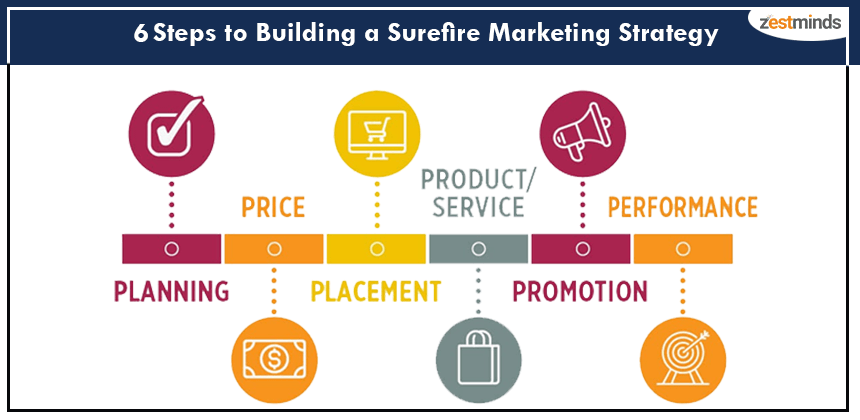Designing an effective marketing strategy requires a lot of thought and research. There are many different elements that go into crafting a successful marketing strategy, but understanding the basics is essential. In this blog post, we'll explore six essential steps for building a successful marketing plan.
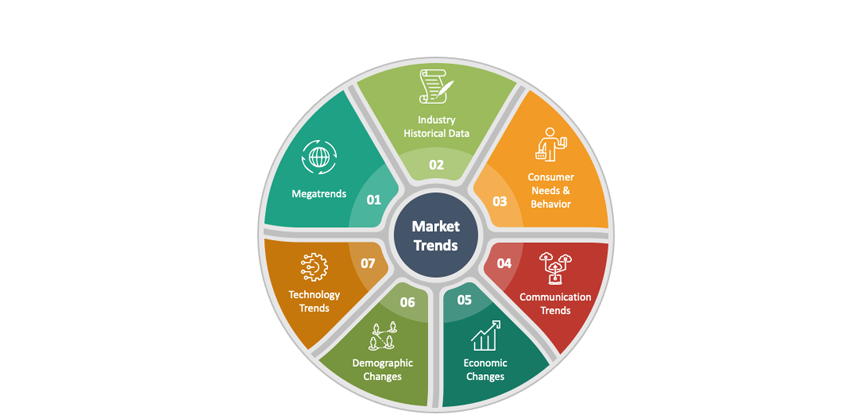


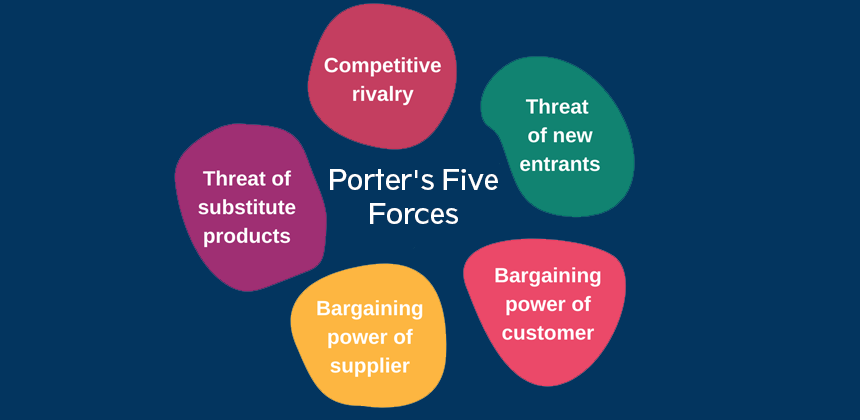
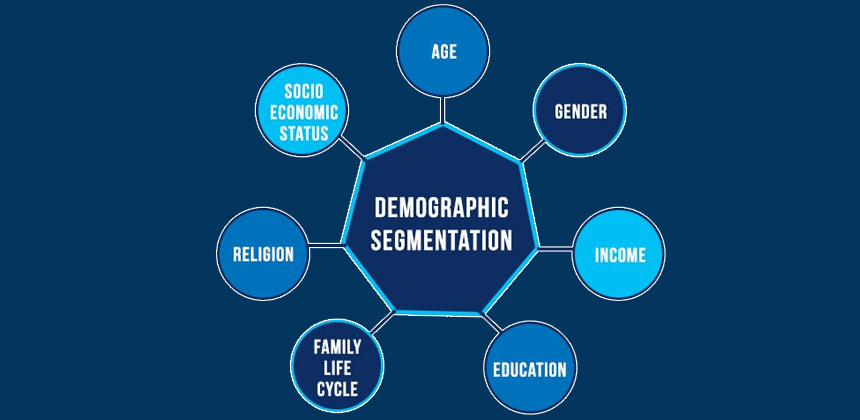
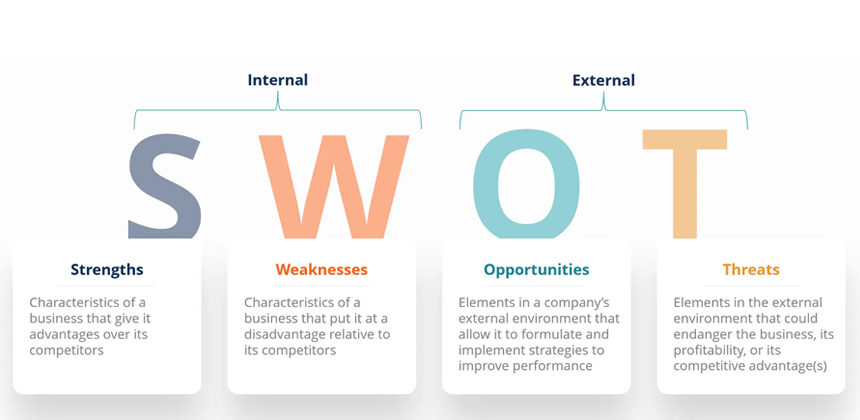
What Is Market Analysis?
Market analysis is the process of looking at different internal and external factors and conditions in a market or a niche of a market and figuring out what they are. Some important things you might learn from analyzing the market are:- • The size of the market and how market share is split
- • The most important market trends and problems that could arise
- • The number of people in the market and how they act
- • Who their biggest rivals are and what strategies they use
- • The best chances, biggest risks, and goals you might want to go after

What are the Benefits of Conducting a Market Analysis for Businesses?
Companies can stay informed about market trends, their audiences' buying behavior, new technologies, and changing competitor activity by conducting market research. Businesses can uncover the following information through market analysis:- • In your target market, what products and services are already popular
- • In order to offer these products and services, which competitors are utilizing the most efficient marketing mix?
- • You can fine-tune your products and services by identifying gaps in your niche
- • There are other factors that can affect the success or failure of your business besides competition and demand
How to Build a Solid Marketing Strategy Using Market Analysis Techniques

Market Analysis Step #1: Defining Business Goals
There are numerous strategies to arrive at business aims and to better comprehend and describe the business objectives of your organization. As we're discussing data-driven techniques to market analysis, we've chosen the Critical Success Factors study as a "non-classical" method for defining your business objectives more precisely. Critical Success Factors (CSF) Framework Essentially, CSF analysis identifies areas that are crucial to achieving a business's mission and goals. It is true that CSFs vary from business to business, but there are some common patterns. In general, CSF sources can be categorized as follows:- • Industry CSFs are things that have to do with the industry your business is in. Things like new technologies or business models that are at the cutting edge are part of this CSF realm. For example, for the first supersonic plane, aviation engineers had to work with design engineers to come up with a completely new wing design. Without these engineers and their ability to think outside the box, the plane would never have left the ground.
- • Competitive strategy and market standing CSFs are contingent upon rival activity and internal organizational characteristics, such as management structure, customer demography, and firm finances, among others. With regard to its competitors and the industry as a whole, each business will establish its own success factors. This topic will be covered in the subsequent steps.
- • Temporary CSFs are one-time factors that often happen because of a sudden or temporary event, like a global pandemic or the opening of a new market that forces companies to hire new people, go digital, or rethink how they work with their partners.
- • Environmental CSFs pertain to your organization's external environment. A short PEST (political, economic, social, and technical) analysis will suffice to define the CSFs for this situation.
- • A Business Model Canvas can help you consolidate improvement ideas for your business model by providing a broad overview of your business - including key partners and cost structure.
- • In order to improve your chances of achieving your business goals, you should use the good old SMART goals framework.
Market Analysis Step #2: Assessing Market Size
In general, market size refers to the number of individuals or businesses who can be counted as potential buyers of a certain product or service. Evaluation of market size can provide estimates of audience size, sales volume potential, and revenue streams. There are a variety of measurement techniques available, however we will explain two options that you can adopt depending on your budget, business size, and sector.Industry or Government Reports
Information, data, and measurement companies such as Gartner, Nielsen, and Statista are vital sources of in-depth market knowledge. Despite the fact that these sites frequently provide data for a fee, they also supply a wealth of free material that can be valuable for market research. On the flipside, data from these companies, especially free data, is publicly available; downloading the data is usually a simple task. This indicates that competitors may already be familiar with the information contained in these reports. In addition, the reports made by these companies involve a great deal of effort and time, which produces a delay between data collecting, insight development, and public access. By the time you gain access to a certain report, the market may have already moved in a different direction. Hence, matching reports with real-time data is frequently optimal.
Market Analysis Step #3: Identifying Market Trends and Growth Rate
Once you determine the market size, you cannot stop, as this parameter is never constant. Regularly reviewing market growth and market trends enables you to take prompt action and adjust your business and marketing tactics accordingly.
Market Analysis Step #4: Getting an In-depth Look at Competitors
To get an edge over your competitors, you need to know who they are so you can figure out how to position your brand in the market in the best way. Porter's Five Forces analysis is a good way to look at not only competitors but also things that affect competition, like new entrants, existing competitors, and other products and services you might not have thought of.
Market Analysis Step #5: Identifying the Right Demographic
To find the right customer, you have to start with basic things like location, age, income, and other factors. Basically, everything that goes into making your buyer personas. Once you've set up buyer personas, you can start dividing your target audience into groups with similar needs or demand features so you can give each customer a more personalized experience.Market Analysis Step #6: Accounting for Internal and External Factors
In preparing your business, sales, and marketing plans and strategies, you must consider a wide range of insights uncovered through your market analysis. Lastly, you will want to organize your findings in order to assess whether you are able to:- • Make the most of your advantages
- • Make sure your weaknesses are eliminated
- • Market opportunities should be taken advantage of
- • Threats should be minimized

SWOT Analysis
SWOT analysis is likely the most used paradigm for strategic analysis, and for good reason. It's a straightforward and effective method for analyzing your company's strengths and weaknesses, as well as opportunities and threats. The advantage of conducting a SWOT analysis is that it provides an overview of internal and external aspects that can impact your business and marketing models. To do a SWOT analysis, simply create and name four quadrants. Opportunities, Weaknesses, Strengths, and Threats.- • Identify business characteristics that give you an advantage over your competitors within the Strengths section.
- • Weaknesses are features that put you at a disadvantage compared to your competitors.
- • Filling the Opportunities box with data-driven insights can help your business boost sales, increase profitability, and expand market share.
- • Defend your business from both internal and external threats, such as changing regulations and the arrival of new industry game changers.
Final Words
Designing an effective marketing strategy requires careful planning and consideration of many different elements such as target audience , goals/objectives , budget , tactics/channels , messaging , etc. By following these six steps outlined above , business owners can create surefire strategies that deliver tangible results like increased traffic , leads , conversions , etc. Furthermore , measuring ongoing performance metrics helps businesses remain agile when making changes based on actual performance data rather than speculation . Investing the necessary time upfront into developing a sound marketing strategy pays off in spades over time !
Shivam Sharma
About the Author
With over 13 years of experience in software development, I am the Founder, Director, and CTO of Zestminds, an IT agency specializing in custom software solutions, AI innovation, and digital transformation. I lead a team of skilled engineers, helping businesses streamline processes, optimize performance, and achieve growth through scalable web and mobile applications, AI integration, and automation.
Stay Ahead with Expert Insights & Trends
Explore industry trends, expert analysis, and actionable strategies to drive success in AI, software development, and digital transformation.
